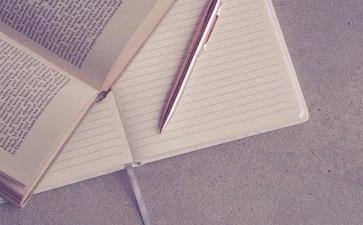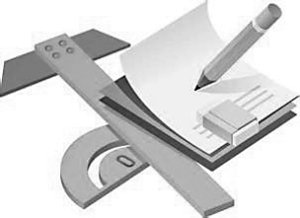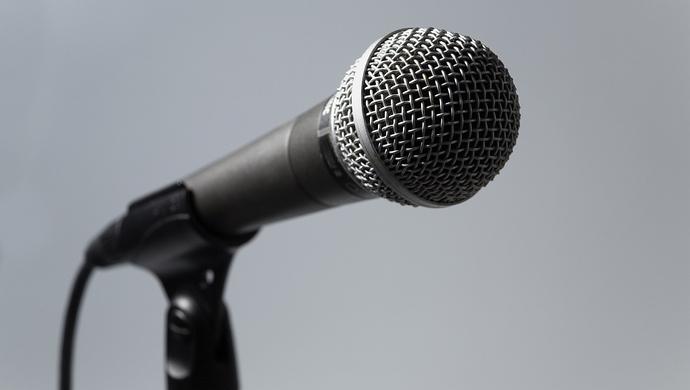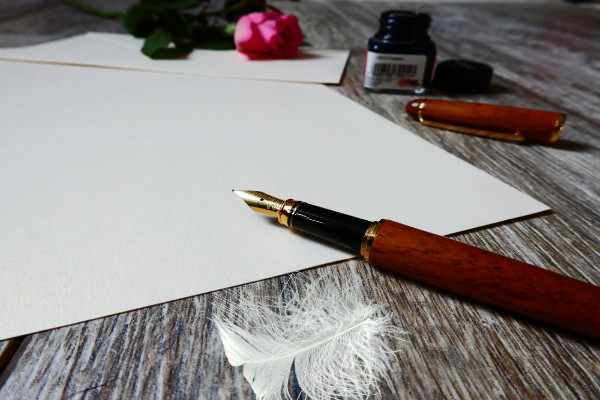不少人说托福的阅读理解难,但是其实,只要勤加练习,考生还是可以拿到比较理想的分数的。下面,小编为大家送上一篇托福阅读模拟题。Archaeologicalliteratureisrichinde下面是小编为大家整理的2023年托福阅读模拟题【精选推荐】,供大家参考。

不少人说托福的阅读理解难,但是其实,只要勤加练习,考生还是可以拿到比较理想的分数的。下面,小编为大家送上一篇托福阅读模拟题。
Archaeological literature is rich in descriptions of pot making. Unlike modern industrial potters, prehistoric artisans created each of their pieces inpidually, using the simplest technology but demonstrating remarkable skill in making and adorning their vessels.
The clay used in prehistoric pot making was invariably selected with the utmost care: often it was traded over considerable distances. The consistency of the clay was crucial: it was pounded meticulously and mixed with water to make it entirely even in texture. By careful kneading, the potter removed the air bubbles and made the clay as plastic as possible, allowing it to be molded into shape as the pot was built up, When a pot is fired, it loses its water and can crack, so the potter added a temper to the clay, a substance that helped reduce shrinkage and cracking.
Since surface finishes provided a pleasing appearance and also improved the durability in day-to-day use, the potter smoothed the exterior surface of the pot with wet hands. Often a wet clay solution, known as a slip, was applied to the smooth surface. Brightly colored slips were often used and formed painted decorations on the vessel. In later times. Glazes came into use in some areas. A glaze is a form of slip that turns to a glasslike finish during high-temperature firing. When a slip was not applied, the vessel was allowed to dry slowly until the external surface was almost like leather in texture. It was then rubbed with a round stone or similar object to give it a shiny, hard surface. Some pots were adorned with incised or stamped decorations.
Most early pottery was then fired over open hearths. The vessels were covered with fast-burning wood; as it burned, the ashes would all around the pots and bake them evenly over a few hours. Far higher temperatures were attained in special ovens, known as kilns, which would not only bake the clay and remove its plasticity, but also dissolve carbons and iron compounds. Kilns were also used for glazing, when two firings were needed. Once fired, the pots were allowed to cool slowly, and small cracks were repaired before they were ready for use.
1. What does the passage mainly discuss?
A Why archaeologists study prehistoric pot making
B How early pottery was made and decorated
C The development of kilns used by early potters
D The variety of decorations on Prehistoric pottery
2. The word " meticulously" in line 7 is closest in meaning to
A heavily
B initially
C carefully
D completely
3. Which of the following was a process used by prehistoric potters to improve the texture of the clay?
A adding temper
B removing the water
C beating on the clay
D mixing the clay with plastic substances
4. The word "durability" in line 13 is closest in meaning to
A quality
B endurance
C adaptability
D applicability
5. Prehistoric potters applied slips and glazes to their vessels in order to do which of the following?
A Improve the appearance of the vessels
B prevent the vessels from leaking
C Help the vessels to dry more quickly
D Give the vessels a leather like quality
6. Which of the following was a method used by some potters to give vessels a glassy finish?
A Smoothing them with wet hands
B Mixing the clay with colored solutions
C Baking them at a very high temperature
D Rubbing them with a smooth hard object






